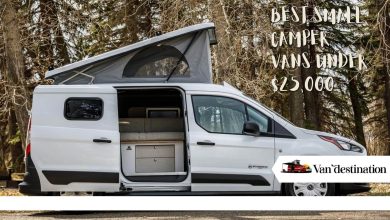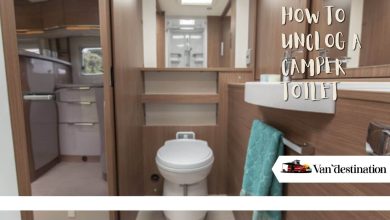How Much Bleach to Sanitize RV Water Tank?
Bleaching your RV water tanks is an essential practice to eliminate bacterial growth and ensure a safe water supply during your camping trips. One common question arises: How much bleach is needed for effective sanitization?
Determining the Right Amount of Bleach
Most RV owners suggest using one cup of bleach for every 40-50 gallons of water tank capacity. For instance, a 40-gallon tank requires one cup, while a 100-gallon tank may need two cups.
Tank size plays a crucial role. Smaller tanks, like 20 gallons, may only need half a cup, while larger tanks could require a more robust solution.
Some suggest lighter concentrations (one cup per 60 gallons), while others prefer stronger solutions. The choice depends on your tank’s condition and your comfort level.
Importance of Sanitizing RV Water Tanks
Storing your RV invites the possibility of harmful bacteria settling in the hot water tank and plumbing system. Sanitizing with bleach is crucial to eliminate these risks.
Contaminated water can lead to gastrointestinal issues and dehydration. Sanitization prevents these problems, ensuring a safe water supply.
Stale water in tanks can result in unpleasant smells. Sanitizing eliminates these odors, ensuring the freshness of the added water.
Impact of Bleach Quantity on RV Systems
Using slightly more bleach than recommended poses minimal risk. The bleach solution sits for hours, ensuring it won’t harm the RV’s water system.
Worried about traces of bleach? Multiple rinses can alleviate concerns, though lingering bleach smell isn’t likely to cause issues.
Determining the Right Bleach Amount
Bleach is meant to make water safe, not necessarily pure. The amount added depends on personal preference and pollution levels.
Heavily polluted tanks may require more bleach. Adding a cup or two to thoroughly sanitize is advisable in such cases.
Duration of Bleach in RV Water Tanks
The time bleach sits in the tank varies with concentration. For a one cup per 40-gallon approach, four hours suffice, while smaller amounts may need longer.
Adjusting time based on bleach quantity ensures effective sanitization. Larger amounts can be drained faster, minimizing sitting time.
Indicators for Sanitizing RV Water Tanks
Checking water for color can indicate tank cleanliness. Hazy or discolored water signals the need for sanitization.
After sanitization, testing water using a kit helps ensure cleanliness. Low chlorine levels post-flushing indicate successful bleach removal.
Testing Cleanliness Post-Bleaching
Acquiring a water testing kit is crucial for post-sanitization testing. Ensure it can measure chlorine levels for accurate results.
Before testing, flush out all bleach-water solution from the plumbing system to avoid false positives in the test.
Collect a water sample from a cold-water faucet and follow kit instructions to test chlorine levels.
Compare test strip color to the kit’s chart. Ideally, undetectable chlorine levels indicate successful bleach removal.
Key Takeaways
Proper Measurement for Safe Sanitization
Accurate bleach measurement is crucial for effective tank sanitization. Follow recommended ratios for your tank size.
Steps for Creating a Bleach-Water Solution
Prepare a bleach-water solution before adding it to the tank, ensuring even distribution for comprehensive sanitization.
Ensuring Even Distribution and Proper Sitting Time
Allow the bleach to sit for at least four hours before flushing and rinsing thoroughly. Even distribution ensures all parts of the system are sanitized.
Conclusion
Bleaching your RV water tanks is a simple yet crucial task for maintaining a safe water supply. By understanding the right amount of bleach, its impact on the RV system, and proper post-sanitization testing, you ensure a worry-free and enjoyable camping experience.
Read More: 110-Volt Tankless Water Heater for RV



